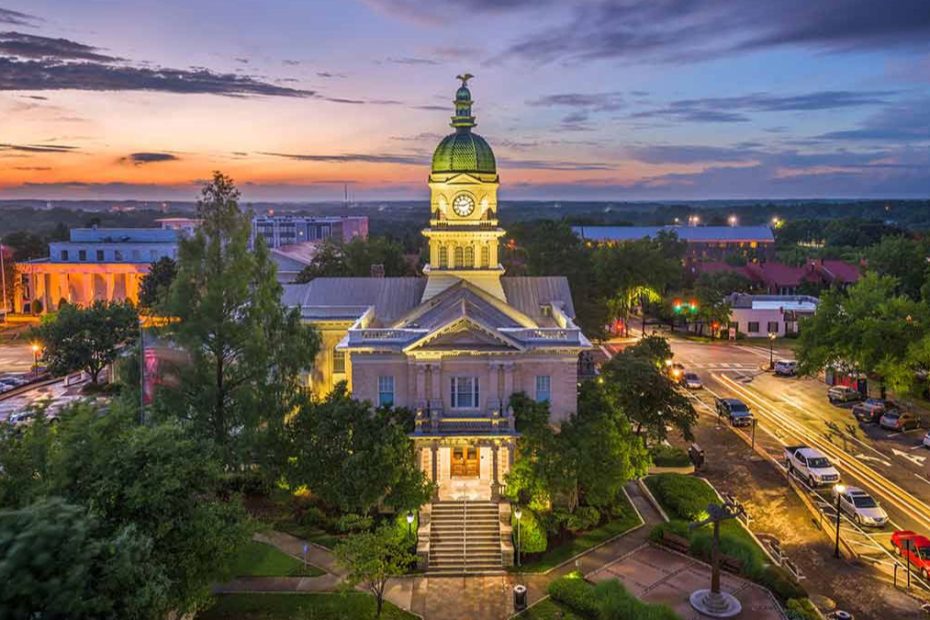Planning a getaway to Georgia but only have four days to explore? Don’t worry, I’ve got you covered. Georgia, a gem in the Caucasus region, offers a perfect blend of rich history, stunning landscapes, and vibrant culture. From the cobbled streets of Tbilisi to the scenic vineyards of Kakheti, there’s something for every traveler.
Key Takeaways
- Rich Cultural Experiences: A four-day itinerary in Georgia offers an enticing blend of history and culture, starting with the vibrant streets of Tbilisi, highlighted by major attractions like the Old Town and Narikala Fortress.
- Day Trips to UNESCO Sites: Mtskheta, just north of Tbilisi, enchants with its religious heritage, including UNESCO sites like Svetitskhoveli Cathedral and Jvari Monastery.
- Adventure Opportunities: Kazbegi is a haven for adventure lovers, offering exciting hiking routes such as the Gergeti Trinity Church hike and memorable scenic views.
- Wine and Cuisine in Kakheti: The final day focuses on Kakheti’s renowned wine region, with winery visits, wine tastings, and authentic Georgian culinary experiences enhancing the journey.
Day 1: Exploring Tbilisi
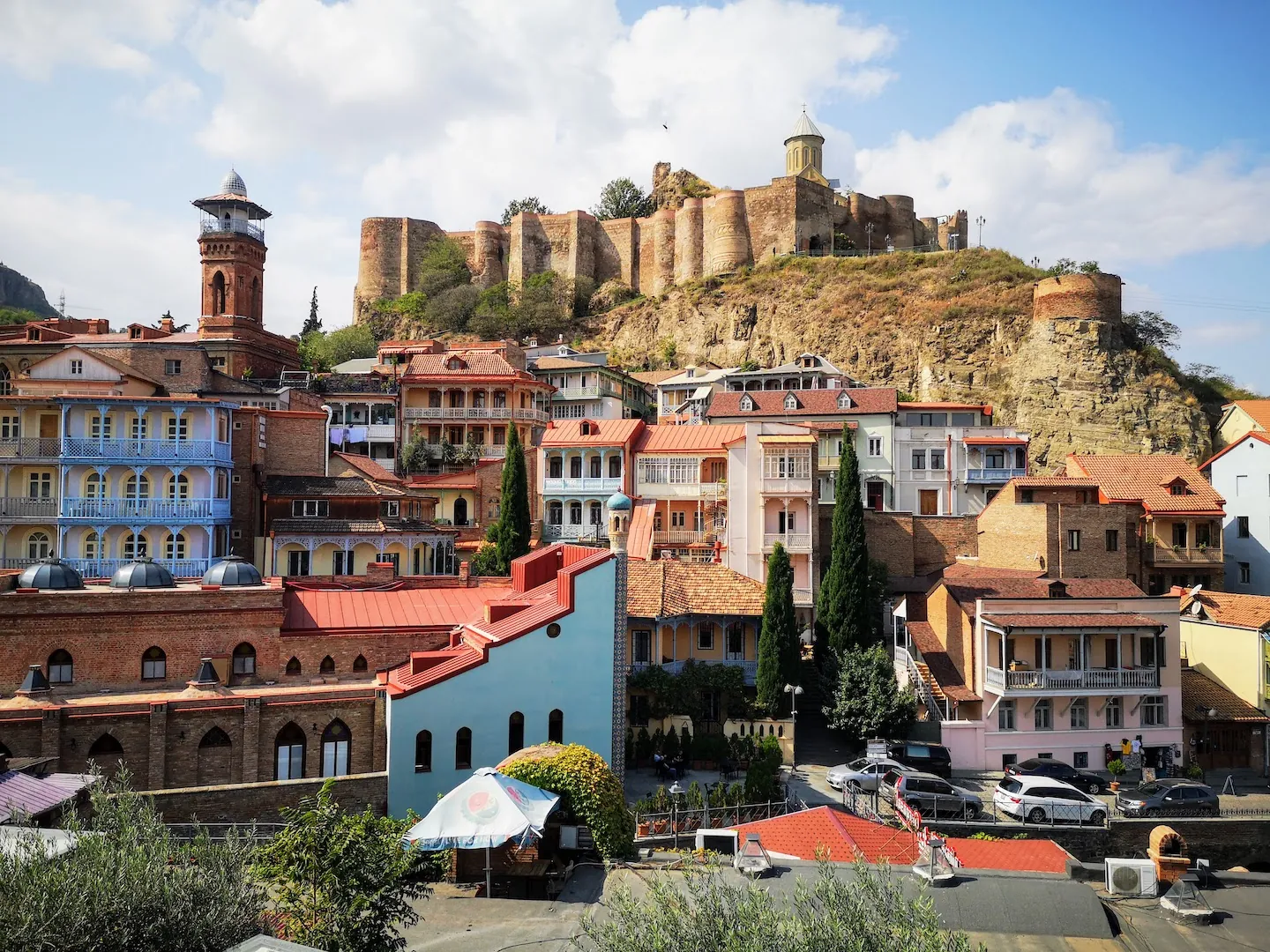
Day one in Georgia starts with an exciting exploration of Tbilisi, the vibrant capital city. Tbilisi combines ancient history with modern appeal, making it an ideal start for any itinerary.
Arrival and Getting Around
Arrival at Tbilisi International Airport marks the beginning of the journey. This airport is conveniently accessible from Europe and the Middle East. Although no direct flights come from the US, Turkish Airlines offers connections through Istanbul.
To reach the city center from the airport, opt for a private car via GoTrip, costing around 35 GEL ($11.50). Public transportation like buses and taxis are also available. I preferred a private car for the convenience it offered after a long flight.
Major Attractions
Exploring Old Town should be the first adventure. Tbilisi’s Old Town, with its ancient churches, monasteries, cobbled stone streets, and charming architecture, stands as a historical gem. I found that walking through the narrow streets allowed me to truly appreciate the rich history and picturesque views.
Next, head to the Narikala Fortress. Scaling its walls provided panoramic views of the city, offering a unique perspective of Tbilisi. It’s a great spot for photography enthusiasts.
Finally, wrapping up the day from Mtatsminda, where the sunset view is breathtaking, rounded out the experience. The hill provided the perfect vantage point for evening city views.
Where to Eat
For breakfast, I visited Bread House, famous for its traditional pastries and strong Georgian coffee. The smell of fresh bread made the experience memorable.
Lunchtime led me to Maspindzelo. Known for its khinkali (dumplings), this restaurant has a homely atmosphere and authentic Georgian flavors. The meaty, flavorful dumplings are a must-try.
Dinner at Tavaduri capped off the day. Renowned for its khachapuri (cheese-filled bread), it offers a wide array of Georgian wines. The rustic, cozy setting provided a great environment to relax after a full day of sightseeing.
These culinary experiences complemented Tbilisi’s vibrant allure, making dining a highlight of my day.
Day 2: Day Trip to Mtskheta

After enjoying the vibrant cityscape of Tbilisi, my next adventure led me to the ancient city of Mtskheta. Just 12 miles north of Tbilisi, this historic town beckons with its religious heritage and stunning architecture.
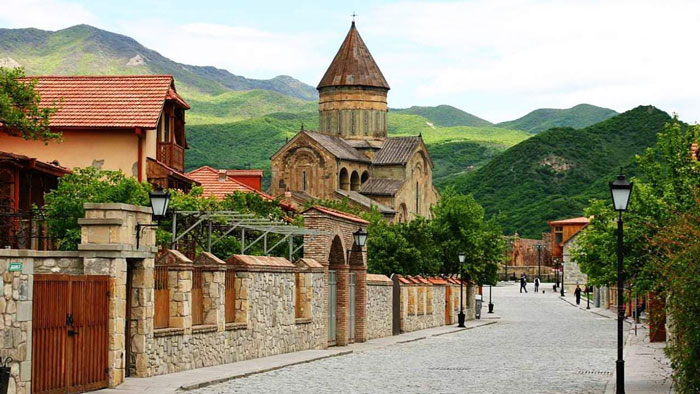
Historical Sites
Mtskheta, a UNESCO World Heritage site, is the spiritual heart of Georgia. Given its designation as a “Holy City” by the Georgian Orthodox Church in 2014, the city is rich in ecclesiastical landmarks. My first stop was the remarkable Svetitskhoveli Cathedral. Renowned as the burial site of Christ’s robe, this cathedral dates back to the 11th century and showcases intricate stone carvings and frescoes. The ambience inside is serene, filled with the scent of beeswax candles.
Next, I ventured to Jvari Monastery, perched on a hill overlooking the confluence of the Aragvi and Mtkvari rivers. The hike from Teatroni Park takes you across a pedestrian bridge and through an underpass beneath the highway. The climb is steep but worth the effort; the panoramic views of Mtskheta and its dramatic setting are incomparable. Jvari Monastery, built in the 6th century, is a perfect example of early Georgian Orthodox architecture. The simplicity of its design contrasts with the intricate details seen in Svetitskhoveli, yet offers a profound sense of tranquility.
Local Cuisine
Lunch beckoned at Cafe Tatin, a gem in the heart of Mtskheta. Their tomato and cucumber salad stood out, bursting with fresh flavors and a hint of local herbs. I couldn’t resist trying the khachapuri—a cheese-filled bread that’s synonymous with Georgian cuisine. Unlike the pricier cafes in Tbilisi, meals here offer incredible value. I also indulged in Mtsvadi, succulent pieces of grilled pork served with freshly baked bread. The warm hospitality and mouthwatering dishes made this cozy spot a must-visit.
Shopping and Souvenirs
Exploring Mtskheta’s charming streets, I found an array of shops selling traditional Georgian crafts. The Mtskheta Marketplace features artisans offering handwoven rugs, intricate enamel jewelry, and wood carvings. I picked up a Georgian drinking horn as a unique souvenir. You’ll find ceramic wine holders painted with local motifs and pomegranate-shaped ornaments that make perfect gifts. For food lovers, there are stalls selling Churchkhela—candies made from grape must, nuts, and flour—often referred to as Georgian “snickers”.
Walking through the market, the aroma of fresh spices and dried fruits filled the air. I couldn’t resist purchasing a bag of Svaneti salt, a blend of local herbs, and some local wine. In Mtskheta, every corner seems to offer a piece of Georgia’s rich cultural world.
Day 3: Adventure in Kazbegi
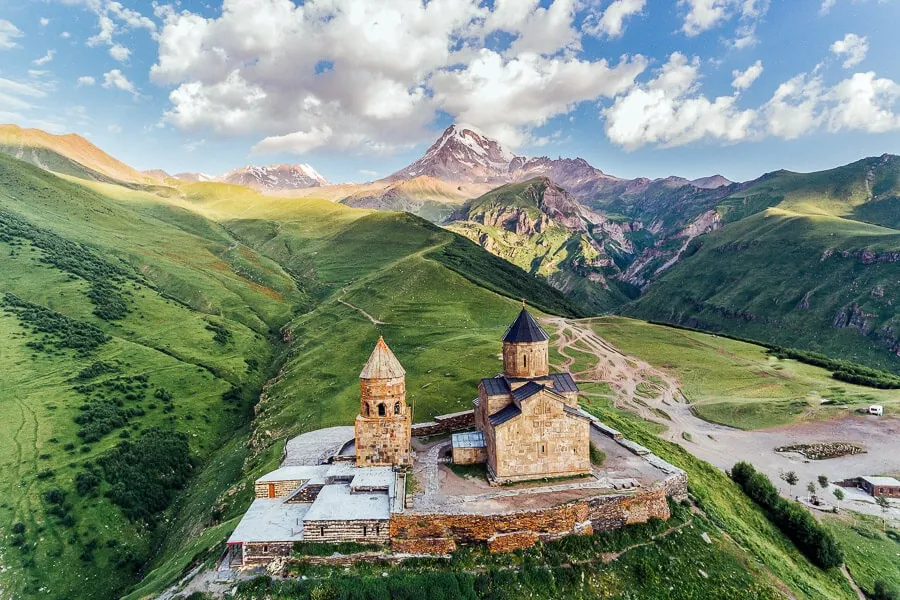
Kazbegi offers a wealth of activities for adventure enthusiasts. I’ll jump into the best hiking routes and must-visit places to make the most of your day.
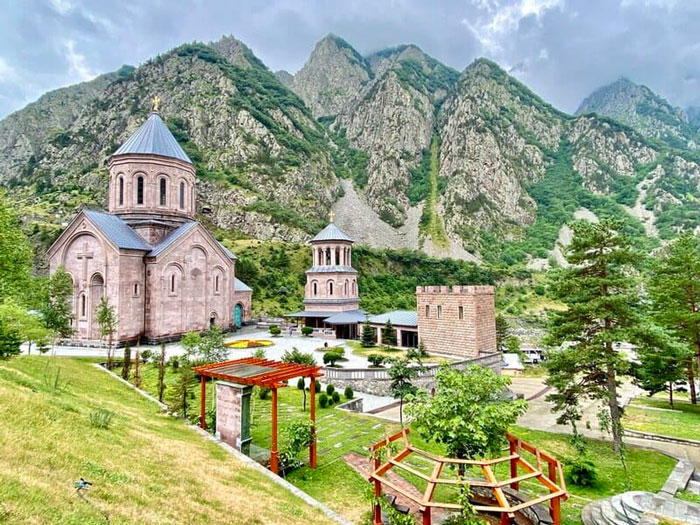
Hiking Routes
- Gergeti Trinity Church Hike: The Gergeti Trinity Church hike is a must-do in Kazbegi. Covering a distance of 13km and ascending 1250m, this hike takes roughly 7.5 hours to complete. Adding the extra leg from Sabertse Pass to the base of the glacier extends the hike by two hours but provides breathtaking views.
- Altihut Hike: For those with more time, the Altihut hike offers a unique experience. This hike reaches an elevation of 3000m and includes an overnight stay at Altihut, featuring a restaurant, bar, free Wi-Fi, and comfortable dorms. It provides a full immersion into the high-altitude environment.
- Juta or Truso Valley Hike: Juta and Truso Valley hikes are accessible by taxi from Kazbegi. These hikes each offer unique landscapes, making them perfect for a day trip. The Juta hike leads to the mountainous village of Juta, while the Truso Valley hike passes through fascinating geological formations and historical ruins.
Must-Visit Places
- Gergeti Trinity Church: Standing majestically in the Caucasus Mountains, Gergeti Trinity Church is accessible either by car or on foot. Its stunning location and historical significance make it a must-visit landmark.
- Pansheti Mineral Pool: After a day of hiking, Pansheti Mineral Pool offers a refreshing retreat. This natural pool provides a unique place to relax and soak in mineral-rich waters.
- Rooms Hotel Kazbegi Restaurant: This contemporary restaurant offers a range of traditional Georgian dishes with a modern twist. Set in an elegant ambiance, it’s a fine dining spot with magnificent views of the surrounding mountains.
- Cafe 5047m: Located in Stepantsminda, this cafe is perfect for lunch or a quick snack. Offering a variety of meals from soups to sandwiches, it’s an ideal pit stop during your adventure.
- Restaurant Khevi: Specializing in local cuisine, this restaurant offers hearty dishes like khinkali, which are Georgian dumplings filled with meat or cheese. It’s a great place to experience authentic flavors in a cozy setting.
Conclusion
Georgia’s diverse landscapes and rich cultural heritage make it a destination worth exploring. From the historic streets of Tbilisi to the serene beauty of Kakheti’s wine country each day offers new and exciting experiences. The detailed itinerary not only highlights must-visit spots but also immerses you in the local traditions and flavors. Whether you’re a history buff a nature lover or a culinary enthusiast Georgia promises a memorable adventure. So pack your bags and get ready to create unforgettable memories in this enchanting country.
Frequently Asked Questions
What wineries are recommended to visit in Kakheti on day four?
The article suggests visiting Winery Khareba in Kvareli, Cradle of Wine Marani, and Pheasant’s Tears in Sighnaghi for an exceptional wine tasting experience.
What makes Winery Khareba unique?
Winery Khareba is notable for its wine cellar tunnel carved into the Caucasus Mountains, which provides a unique setting and optimal conditions for wine aging.
Are hands-on cooking experiences available in Kakheti?
Yes, day four includes opportunities to participate in hands-on cooking experiences, focusing on traditional Georgian dishes like Khachapuri and Badrijani Nigvzit.
What is qvevri wine-making?
Qvevri wine-making is an ancient Georgian method involving clay vessels called qvevri buried underground, used for fermenting and aging wine, offering a traditional and unique wine experience.
Can I pair food with wine during the visit?
Absolutely, the itinerary includes tasting regional wines paired with traditional Georgian dishes, enhancing the overall culinary and wine-tasting experience.
Is it possible to explore the wine culture of Kakheti fully in one day?
While one day is packed with activities, it provides a rich overview of Kakheti’s wine culture, including tasting experiences, culinary delights, and learning about traditional wine-making techniques.

